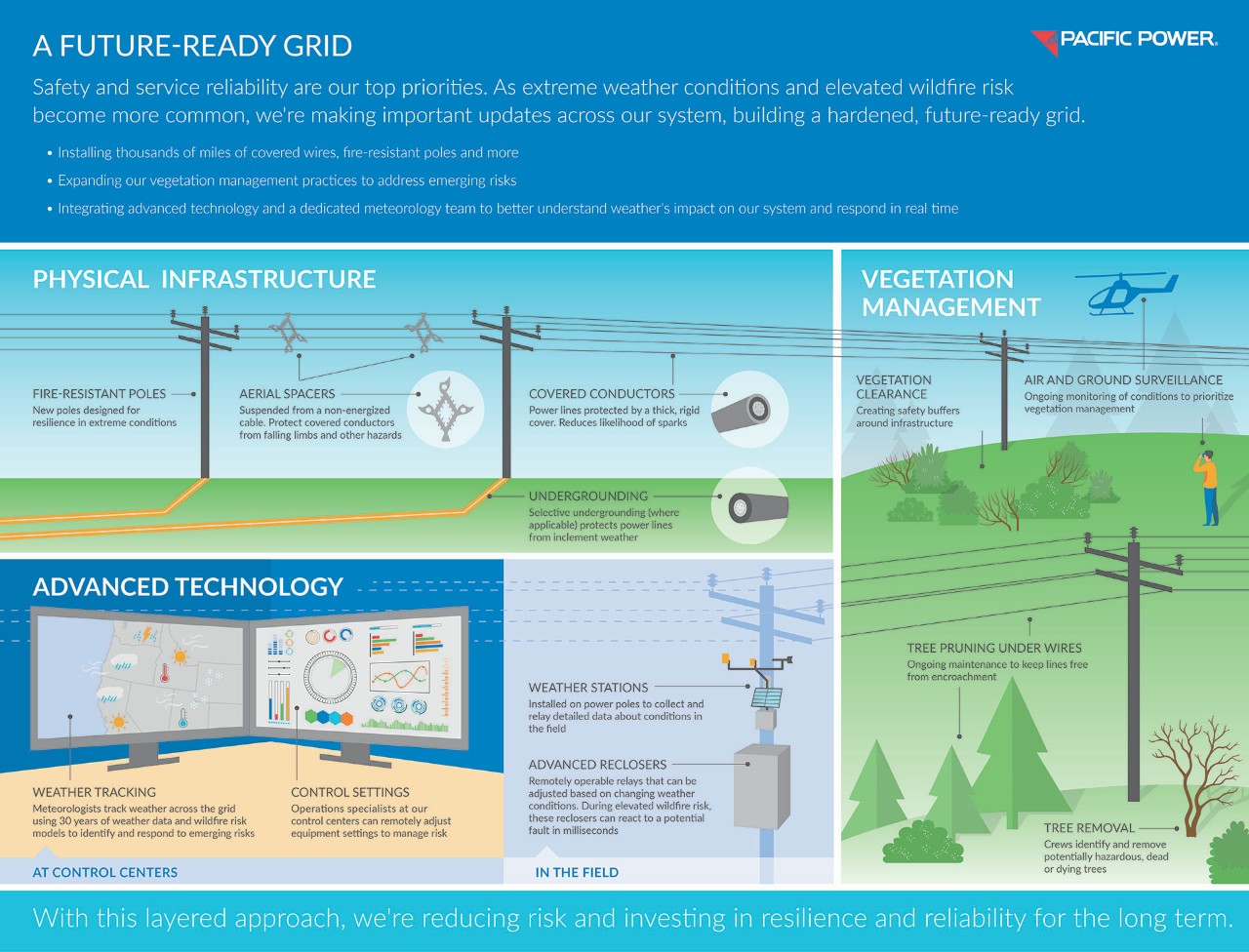Strengthening the grid, reducing risks
Weather is one of the biggest concerns for electric utilities, and in recent years, the changing climate has made extreme weather events increasingly common.
Conditions on the ground are changing, and so are our plans and responses. We've made significant investments across our six-state system in wildfire prevention strategies and we will continue investing in system strengthening in the coming years. With advanced capabilities in round-the-clock weather monitoring and vegetation management, we’re advancing safety today and building resilience and reliability for years to come.
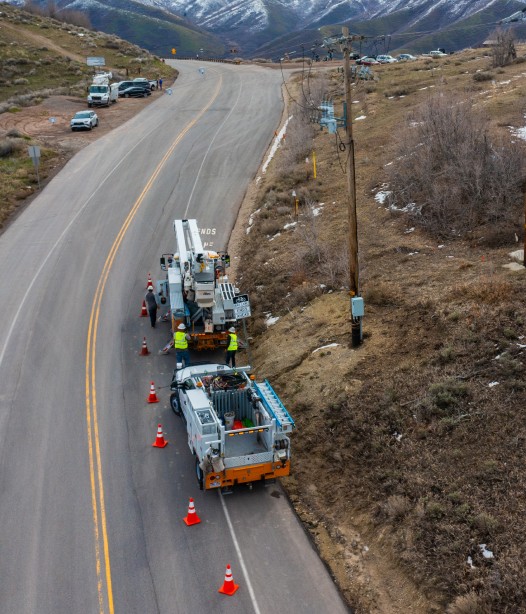
What is system strengthening?
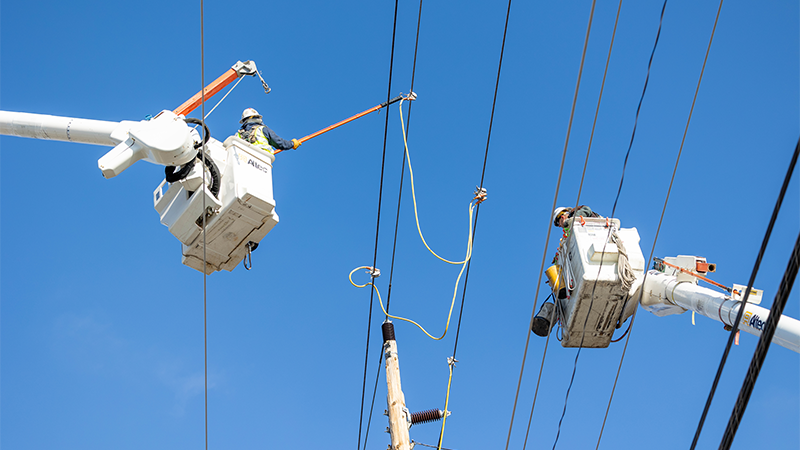
Line rebuild
Replacing aging overhead power lines in fire high consequence areas (FHCA) with fire-resistant infrastructure, such as covered conductors or underground systems, to enhance reliability and significantly reduce the risk of equipment-related wildfires.
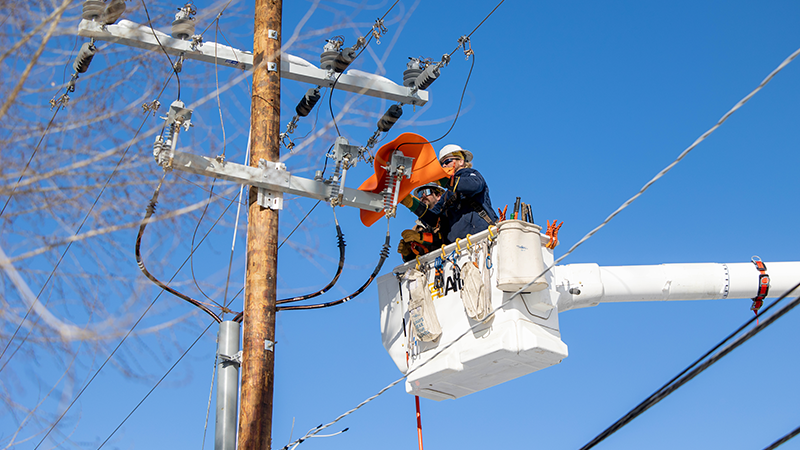
Expulsion fuse installation
Replacing traditional fuses with non-expulsion fuses that eliminate sparks during operation, significantly lowering the fire risk from electrical equipment.
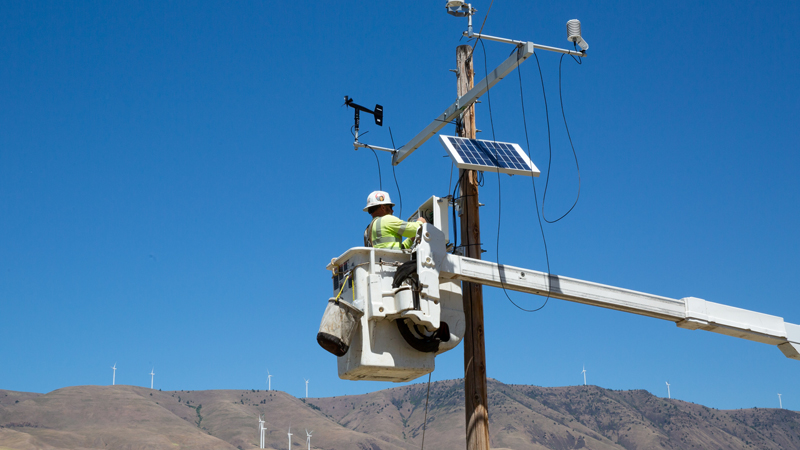
Weather station installation
Deploying advanced weather stations to monitor real-time conditions like temperature, humidity, and wind, enabling proactive adjustments to wildfire prevention measures.
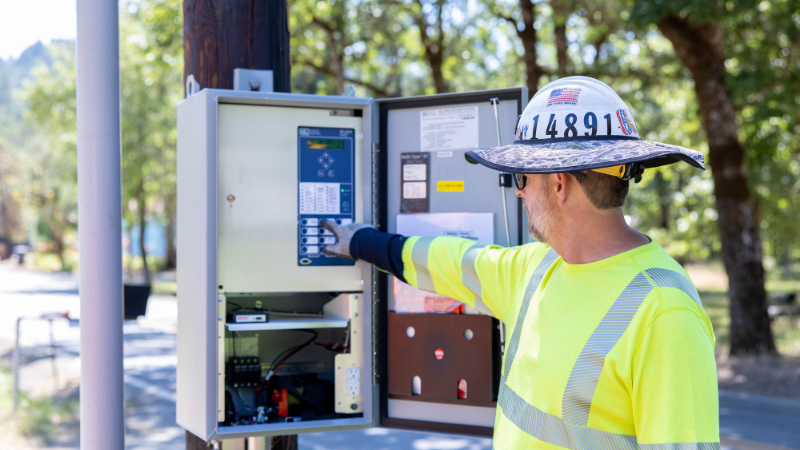
Relays, breakers and field reclosers
Upgrading protective devices like relays and reclosers to ensure faster and safer detection of faults, minimizing the chances of sparks that could ignite wildfires.
System strengthening projects
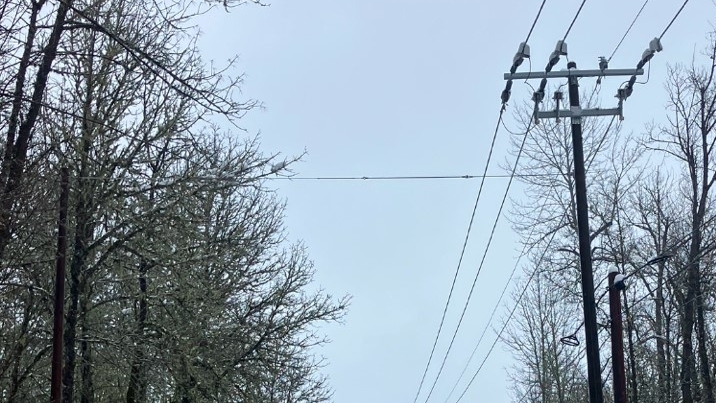
Cave Junction, Oregon
Find out how we're working to bolster community safety and reliability in and around Cave Junction, Oregon.
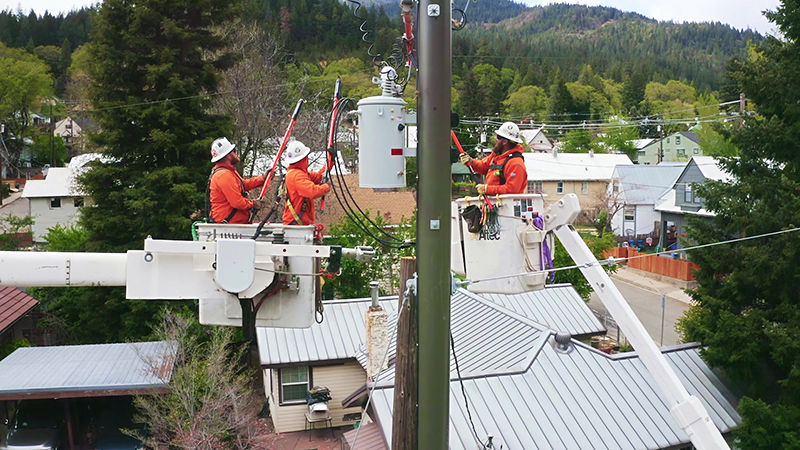
Fort Jones, California
See what we’re doing to improve community safety and reliability in the Fort Jones area.
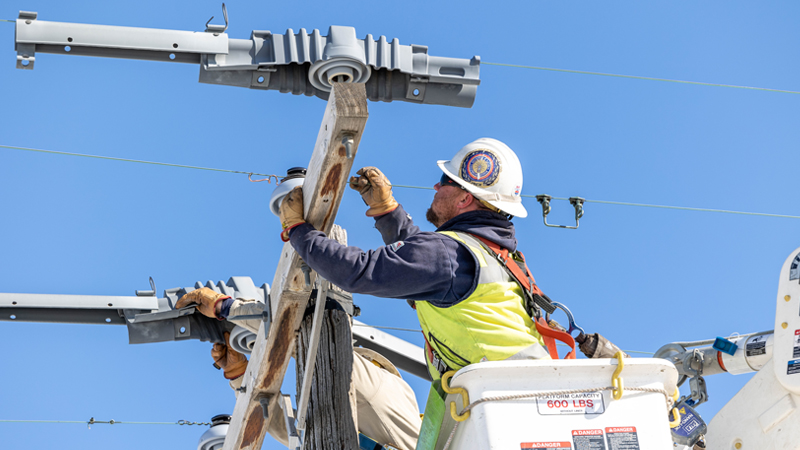
Grants Pass, Oregon
Get details on our work to strengthen the power system serving the Grants Pass community.
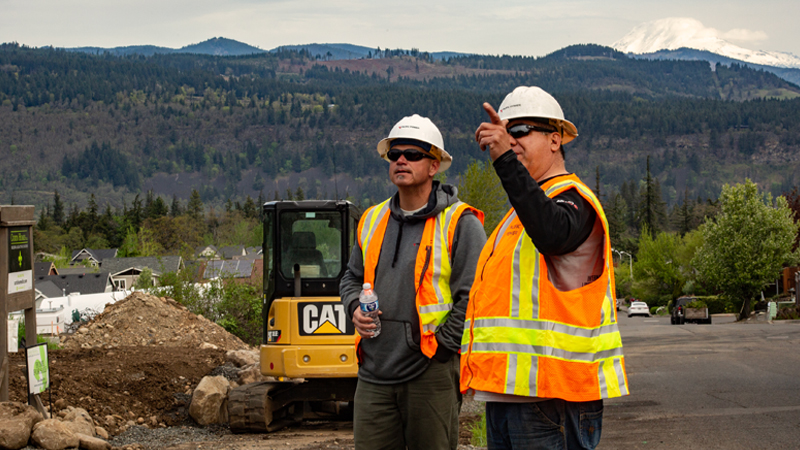
Happy Camp, California
Find out how we're enhancing community safety and reliability in Happy Camp and Seiad Valley, California.
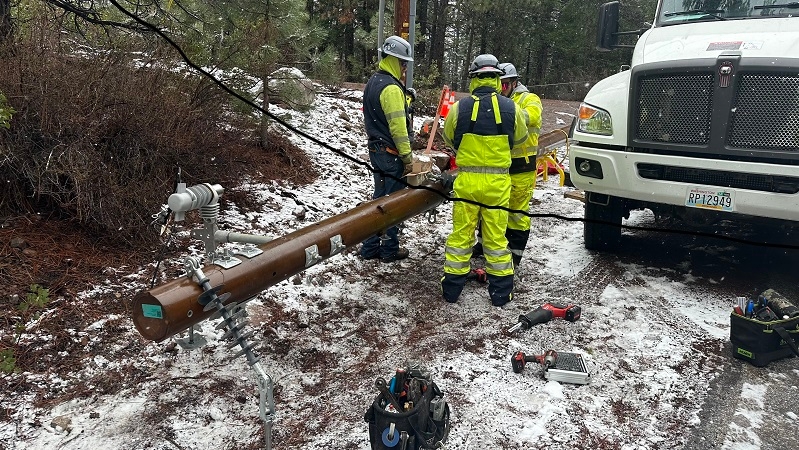
Mt. Shasta, California
See what we’re doing to improve safety and reliability in the Mt. Shasta area.
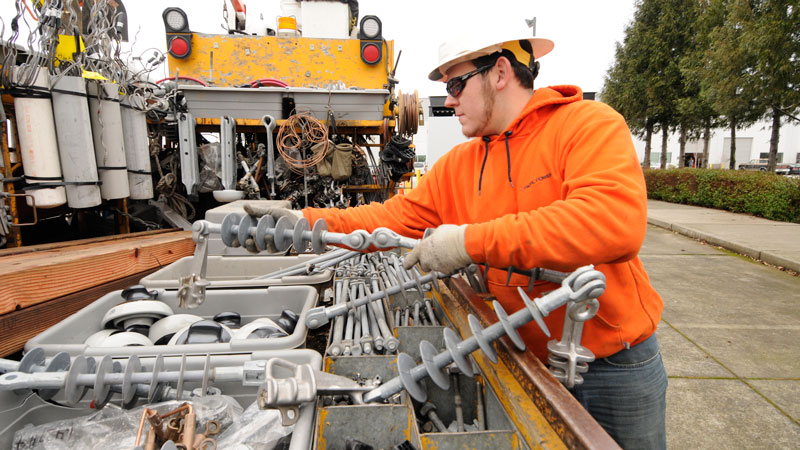
Yreka, California
Find out how we're working to bolster community safety and reliability in and around Yreka, California.
How we're increasing safety and resilience
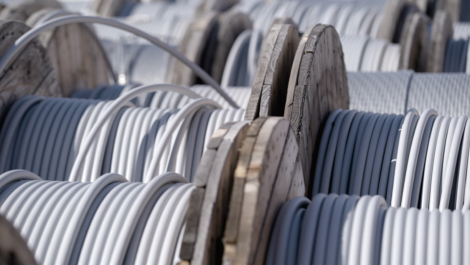
Strengthening our infrastructure
Fire-resistant poles, covered lines and undergrounding where appropriate are just part of the story. We’re also installing advanced technology that enables real-time monitoring, remote management and more.
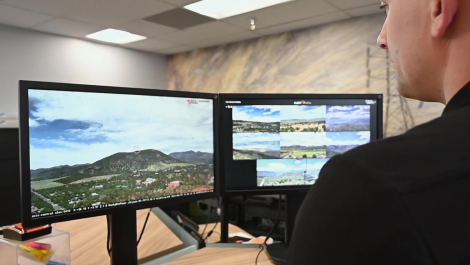
Data science for a safer grid
We are integrating advanced technology—including a meteorology and data science team—to deliver your power safely in all weather.
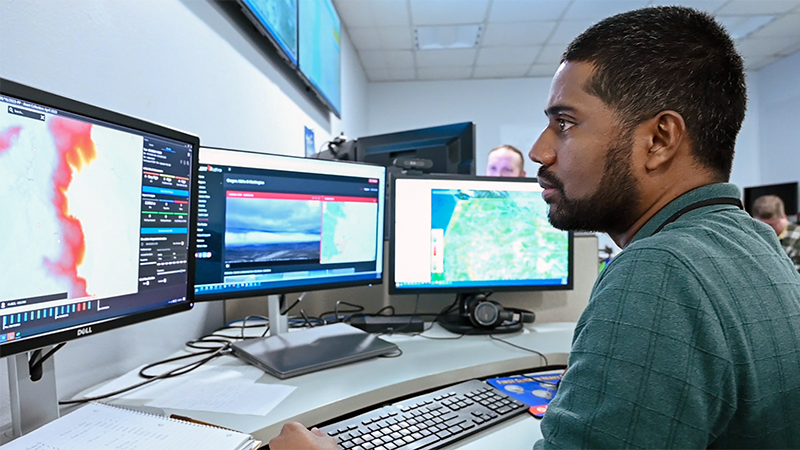
Real-time monitoring
We’re putting big data to work for a resilient system with a combination of enhanced situational awareness and new meteorology tools and teams for forecasting how weather will impact the system.
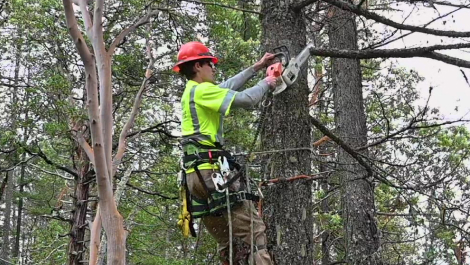
Increased vegetation management
We're using aerial and ground patrols to identify potential hazards, removing trees before they can come into contact with lines, expanding vegetation clearance around poles and more.
